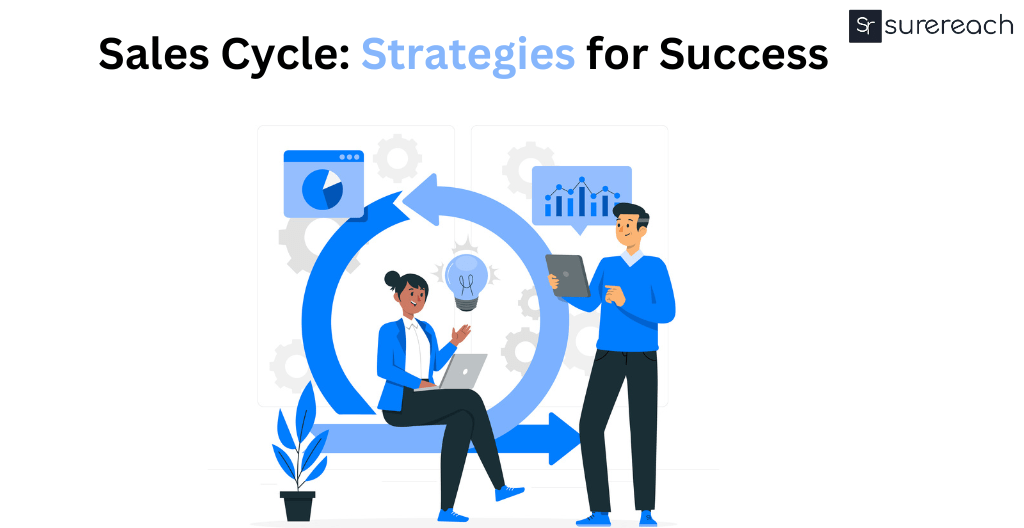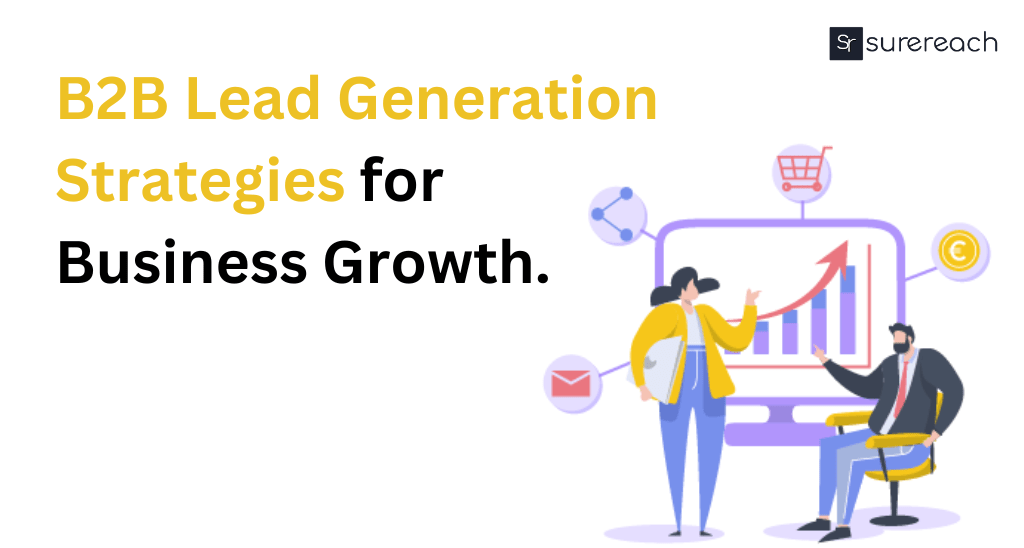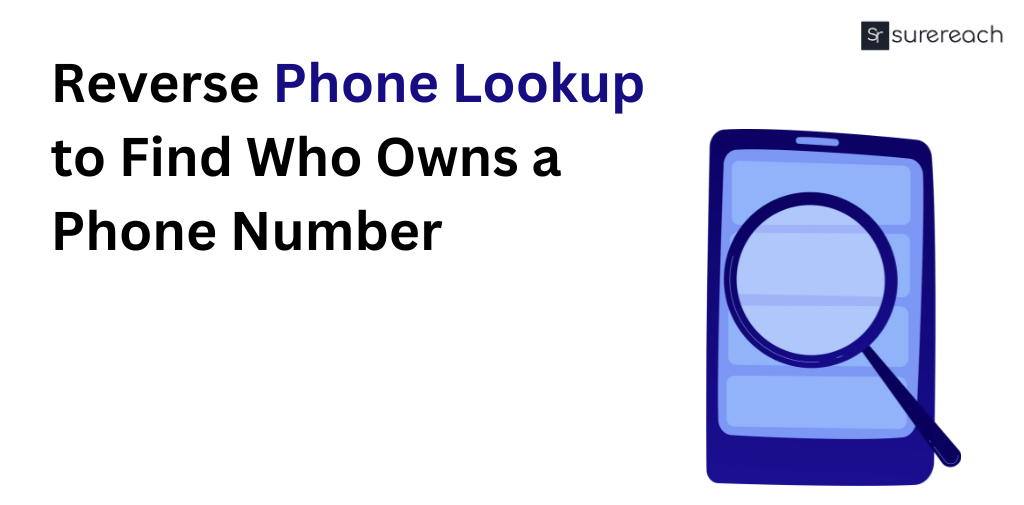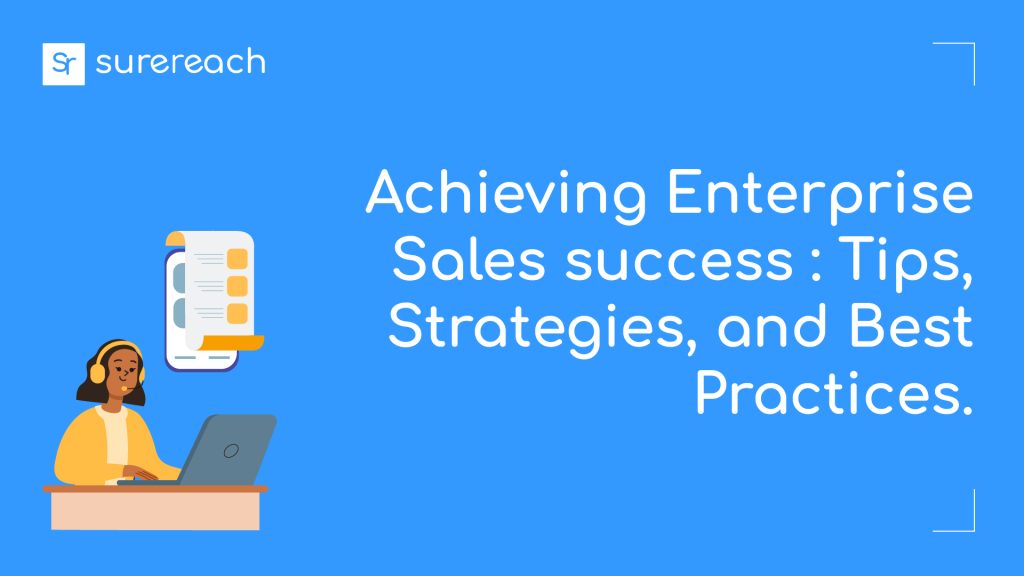Sales Cycle
The period of time between when a customer is initially engaged and when the contract is won or concluded is known as the sales cycle in business-to-business (B2B) sales organizations.
Therefore,a sales cycle is the tactical, repeatable process used by salespeople to turn leads into clients. When you have one in place, you can always anticipate your next move and the stage each lead is at in the sales cycle. It may be used to duplicate your success or determine how to do even better.
What is a Sales Cycle?
A structured sales process streamlines sales activities, making them more efficcvxient and reducing wasted time and effort. It ensures that all sales team members follow a uniform approach, leading to consistent customer interactions and messaging.
A well-defined process helps understand customer needs, enhancing the overall experience and increasing customer satisfaction. It enables the tracking and measurement of sales activities, helping identify areas for improvement and set realistic targets. It simplifies the training of new sales team members, enabling them to become productive faster.
Sales Cycle Process
There are seven phases in a sales cycle that you must follow to close a deal with a new customer, from the initial contact through the contract signing:
- Acquire leads
- Connect with prospects
- Evaluating credible leads
- Introducing the product
- Managing Dissent
- Finish the deal
- Cultivate new client
Get 20 FREE Credits on Booking a Demo Today.
Sales Cycle Stages
Effective strategies to close the offer include repeating what they’ve said, following up with inquiries, and leveraging social proof to allay doubts.
Acquire Leads
Since you can’t start producing leads if you don’t know what your target market looks like yet, prospecting is the first stage in the sales process. If you’re unsure about where to begin, you may also utilize our buyer persona template.
You may build a lead generation funnel that attracts visitors consistent with your ICP, or ideal customer profile, by determining which persona you’re aiming to target. Later on, you can leverage this information to improve your contextual onboarding journey by using a welcome page to initiate user segmentation early.
You can use our Email Finder Extension to generate leads.
Connect With Prospects
Once you’ve established your consumer profile, you may investigate numerous lead creation methods, including:
- Social media channels
- Blogs
- Newsletters
- a case study
- Paid searches
- Link creation
- guest posting with thought leadership
- eBooks
- Webinars
- YouTube video marketing
A key strategy for boosting sales is to use high-quality articles to establish your brand, broaden your audience, and get people talking about your product.
Evaluating credible leads
In sales, qualifying leads is essential since it enables you to ascertain whether or not a lead is qualified to buy your product. This will save you from spending time and resources on leads who ultimately won’t be able to complete a transaction.
Leads will be labeled as sales-ready if they receive a lead score and qualification, allowing one of your team’s salespeople to contact them. By reducing their workload, your reps can focus their time on qualifying leads and make the most of the SaaS sales compensation you give them.
Introducing the product
The next phase in the SaaS sales process is to promote your product as the remedy to the primary pain points of your prospect after the qualified leads start pouring in. Given that SaaS sales cycles can vary greatly based on the sort of product being offered, this stage looks different for every organization.
Free trials are the most typical method, but your sales manager might also provide product demonstrations (particularly for business customers who might want a facilitated introduction). For complicated or pricey items, demo content is especially crucial. However, if your product is inexpensive and simple to use, a free trial rather than a demo can be preferable.
Managing dissent
Every effective SaaS seller must be able to overcome objections. Most individuals are unaware that you don’t need to talk constantly in order to respond to your prospects’ objections. On the other hand, listening actively may often be far more beneficial.
Listen to every person’s objectives, driving forces, and worries rather than jumping in the instant you hear an objection. You’ll be better able to react if you take the time to comprehend where their complaints could be coming from.
Closing the deal
In the context of sales, closing the deal refers to the last stage of the sales process where a salesman or sales team tries to convince and motivate the potential customer to make a purchase. It is the conclusion of all earlier phases of the sales cycle, such as prospecting, lead qualification, product or service presentation, handling objections, and negotiating terms.
It’s crucial to verify the customer’s dedication and readiness to proceed with the transaction. This affirmation makes sure that everyone is speaking the same language. Following the transaction, it’s crucial to contact the consumer to check on their contentment and handle any issues they may have.
Cultivate and nurture new clients
Whether you employed a strong closure or a gentle close to draw the buyer in, your interaction with them didn’t end there. To maximize customer success, you must guide the user through onboarding and the rest of their user experience.
B2B Sales Cycle
Make sure your onboarding routines offer adequate in-app instruction so that new signups don’t encounter too many challenges before user activation. There will always be late-game goals to pursue, such as client growth and sales process improvement.
The procedure that businesses use to offer their goods or services to other companies is known as the B2B (business-to-business) sales cycle. The duration and complexity of this cycle can change based on the type of goods or services being sold, the size and structure of the organization doing the procurement, and the sector. Due to the complexity of the choices, the number of parties, and the sizable expenditures involved, the B2B sales cycle is frequently lengthier and more relationship-focused than B2C (business-to-consumer) sales.
To establish trust and sustain client happiness, successful B2B sales professionals must thoroughly understand their clients’ demands, customize their products accordingly, and offer continuing assistance. Furthermore, the sales cycle may differ from sector to sector and from organization to organization, thus flexibility and a customer-centric mindset are crucial.
Sales with Surereach
If you find this blog informative, do check our website to enhance your business. Surereach obtains verified phone numbers and email addresses of the key decision-makers at 3M+ organizations can help you increase sales and convert more leads. With Surereach, the fastest way to locate verified contact information for any professional, you can quickly identify new opportunities.
Surereach – Extract Email Addresses and Phone NumbersThe quickest way to get the phone numbers and email addresses of any company’s senior decision-makers is through Surereach.








Sanidhya Arora
More posts by Sanidhya Arora